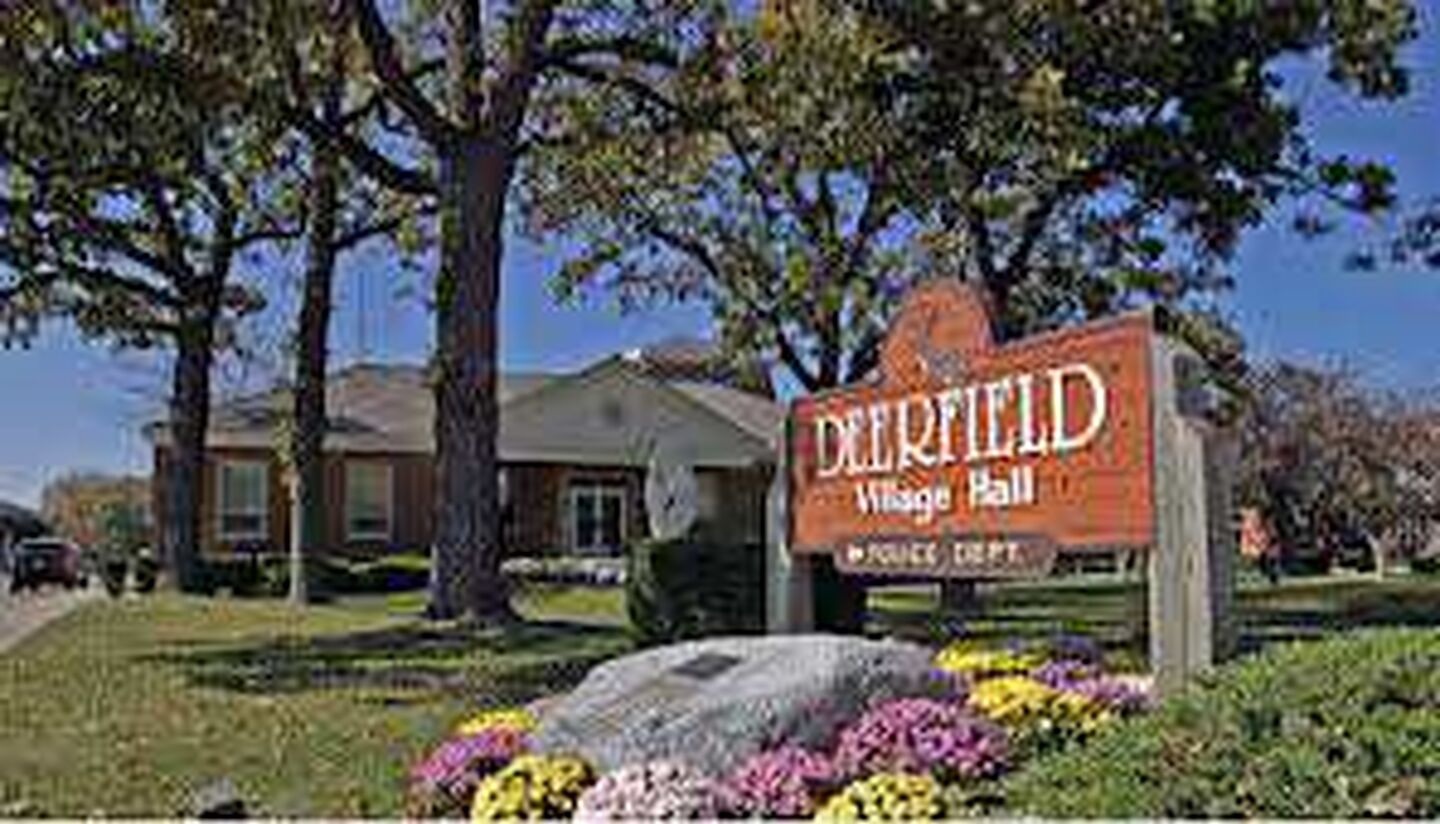Deerfield IL 60015: Don’t Ignore Basement Foundation Cracks

Deerfield IL is a small, affluent suburb north of Chicago and is a perfect illustration of a town that grew as it became more accessible.
Originally a farming community called Cadwell’s Corner, Deerfield had only a few hundred residents when it was incorporated in 1903 and hadn’t quite reached 500 by 1910. Postwar housing growth led to a population of 7,000 by 1957 but, with the opening of the Edens Expressway in 1959, the 1960 head count had jumped to 12,000.
Today, 18,000 people live in Deerfield in 6500 homes, two-thirds of which were built in the boom decades of the Fifties and Sixties. These and other, newer homes are prone to maintenance and repair problems and many Deerfield homeowners are finding basement foundation cracks in their houses.
Don’t Ignore Basement Foundation Cracks in a Deerfield Home
When a Deerfield homeowner finds a crack in the wall of his or her basement, it can be classified into one of two categories: non-structural or structural.
A non-structural crack is narrow, less than 1÷8”, and is not usually found in a discernible pattern. These cracks do not threaten the stability of the structure but are the most common source of water in the basement.
A structural crack, on the other hand, usually exceeds 1÷8” in width and is almost always found in a pattern. In a poured concrete wall, there is typically a vertical crack in the middle with angled cracks across the upper corners. Unseen from inside are vertical cracks on each outer corner where the wall has begun to separate from adjoining walls.
In a masonry wall, all cracks tend to follow mortar joints in a stair-step pattern and, with structural cracks, lead to a bulging or bowed area in the center of the wall.
Non-structural cracks can be repaired by several methods. In a poured concrete wall, the best repair is done by injecting the crack with expanding polyurethane that fills and seals the it all the way to the outside. The polyurethane material remains flexible when it cures to prevent re-cracking caused by minor foundation movement.
If the crack is inaccessible from the inside it can be repaired on the exterior with sodium bentonite clay. A small diameter hole is dug next to the foundation at the site of the crack and filled with the granular clay, which absorbs water from the soil to form a pliable, permanent water barrier.
In a masonry wall, seepage from cracks can be managed by interior drain tile or stopped by an exterior waterproofing membrane, a thick coating of asphalt-modified polyurethane that is troweled onto the foundation wall. If ground water is especially high exterior drain tile and heavy-duty drainage board can be added.
Structural cracks are signs that the foundation has dropped or that a wall has been pushed inward; either situation threatens to destabilize the foundation and the home it supports. The necessary repair does not involve fixing the cracks themselves but in returning a dropped foundation to level and re-stabilizing it or stabilizing a wall to prevent further inward movement.
When a foundation has dropped or sunken, the best way to raise and stabilize it is with hydraulic push piers, set at intervals determined by engineering data. These piers sit on a load-bearing stratum and use hydraulics to raise the foundation and hold it permanently at its original level.
When walls move or rotate inward, they can be stabilized by one of two methods. If the wall has moved less than 2”, it can be stabilized by using industrial-strength epoxy to attach carbon fiber strips permanently to the wall. When more than 2” of movement has occurred, steel channel bars are connected to the foundation footings and floor joists above to secure and stabilize the wall.
A Deerfield homeowner with one or more cracks in a basement wall should have a professional assess the problem before it gets worse. At U.S. Waterproofing we’re in a unique position to help regardless of the nature of the crack because our experience and expertise lie in both basement waterproofing and structural foundation repair. Our experts in each field have already helped thousands of homeowners, many of them in Deerfield, so why not ask for our free advice?




